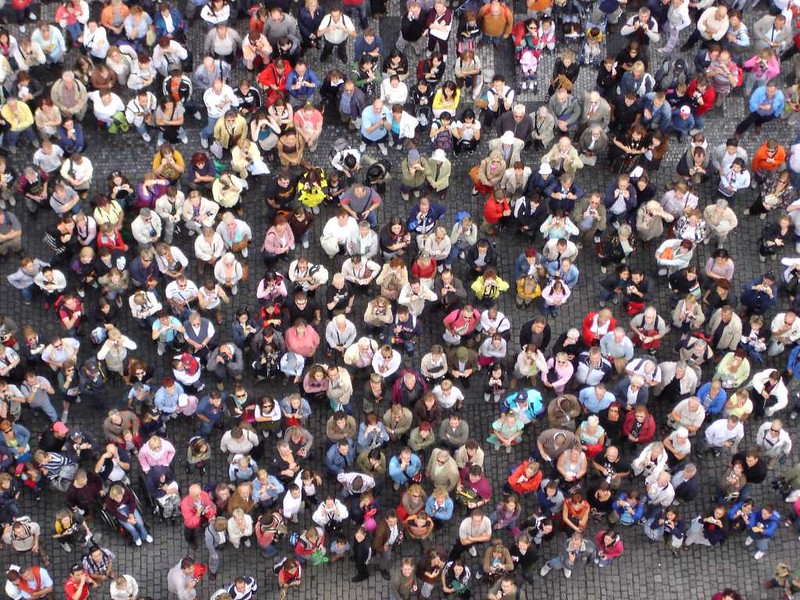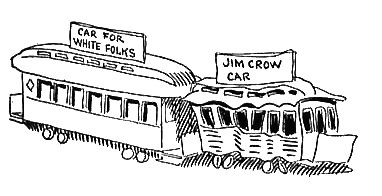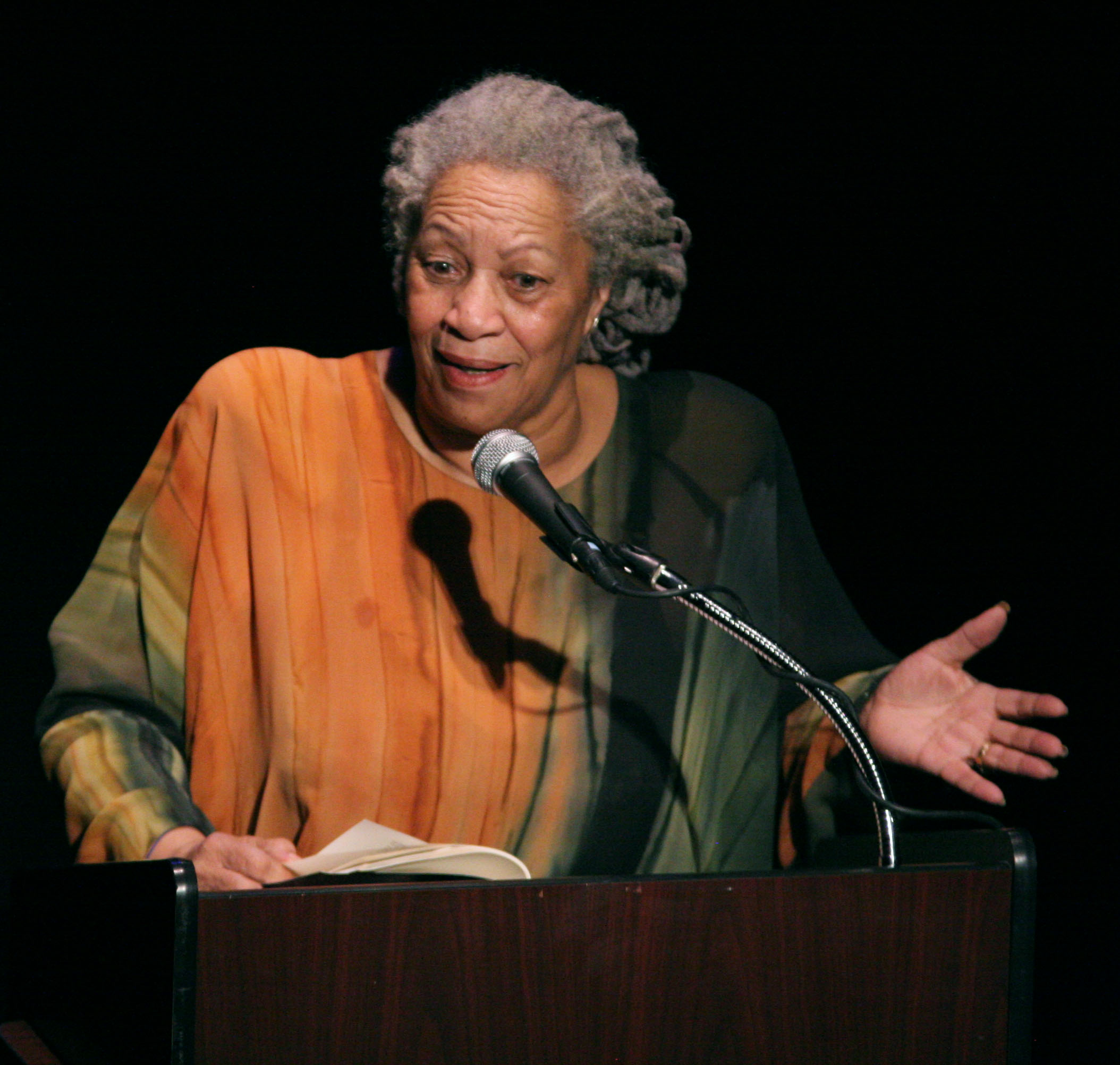The Mass Migrations Caused by WWI
The text for the next posts is Chapter 9 of Hannah Arendt’s The Origins Of Totalitarianism, titled “The Decline of the Nation-State and the End of the Rights of Man”. It’s a short chapter, 37 pages, and can be read as a stand-alone essay. I didn’t discuss it in my series on the book, partly because I didn’t think about its relevance to our current situation. I did remember her discussion of the Rights of Man; and rights are the subject of the current series.
Pre-WWI context
The book focuses on Europe, and ignores much of the rest of the world. The first chapters discuss anti-Semitism and imperialism. Both cover the period from the mid-19th Century and the early 20th. During that time most of Europe coalesced into one of two types of states, nation-states and empires, with the boundaries created by the 1815 Treaty of Vienna as a starting point..
Western Europe was mostly organized into nation-states. Here’s the Wikipedia definition:
A nation-state is a political unit where the state, a centralized political organization ruling over a population within a territory, and the nation, a community based on a common identity, are congruent.
The term “common identity” means roughly cultural homogeneity, so I use the term cultural group instead of nationality. The term nation-state itself isn’t widely used today, perhaps because there aren’t many, if any, today.
The other form, empire, included Austria-Hungary; the Czarist Empire; and, thought it’s not wholly in Europe, the Ottoman Empire. Each of these included a large number of culturally dissimilar groups, including different language groups. Many of these groups had at one time lived in their own Nation-States, including, for example, Poland and Ukraine. Cultural groups in these empires did not have national sovereignty, and often were mixed in with other groups or jammed up against others without formal borders. Ancient animosities persisted for generations. We can see it in recent history, as the break-up of Yugoslavia and Czechoslovakia after the fall of the Soviet Union.
WWI and its aftermath
Arendt describes the impact of World War I as an explosion. I usually think of WWI as a trench warfare stalemate between the English and French and later the Americans against the Germans, but across the European continent and into what we now call the Middle East, there were battles among all of the smaller cultural groups, and destruction aimed at revenge for ancient, if not forgotten, insults. Among the larger groups on the move were Armenians facing genocide by the flailing Ottoman Empire, Poles, Ukrainians, Balkans, the list is endless, and that’s just in Central and Southern Europe. Many Germans lived in the outskirts of the Austria-Hungary Empire, and they were forced out or ran for their lives. And, of course, Jews across the continent were assaulted and expelled.
The war ended in 1918, and the struggle to reorganize European states began. The basic idea was to create nation-states for the large populations, giving them defined borders and international recognition. This animated map gives an idea of the major changes in Europe. One group of people in each successor state was put in charge, and the other large minorities were assumed to somehow participate in the government, as, for example, the Slovaks in Czechoslovakia.
The enormous numbers of migrants were to be protected by the Minority Treaties, which all the new nations except Czechoslovakia signed. These offered some protection, enforceable by the League of Nations. That didn’t happen. The choice faced by the migrants was to assimilate, or to be treated as stateless people. Naturally, many didn’t like that choice.
There were two groups of stateless people: those whose nations had disappeared, like the people formerly in the Austria-Hungary Empire, and those who could not return to their homelands because they’d be murdered, like the Armenians. The Jews fell into both camps.
The entire approach was, in Arendt’s word, “preposterous”. The outcome was obvious. The minorities and stateless peoples were horribly mistreated by the dominant group. At best the minorities were forcibly assimilated, their own culture lost. At worst they were preyed on by an unchecked police force and their new neighbors. The demands of cultural groups, many of which had never controlled their own states, for self-determination were frustrated. This project was doomed, as was the whole idea of a viable nation-state for every aspiring national group.
Ultimately, the interests of nationality dominated the states across Europe. Law itself became subordinate to the demands of dominant nationalistic cultural groups. And the odd part is that across Europe about this time, the idea of self-determination for these cultural groups was gaining ground.
The Rights Of Man
The concept of the Rights Of Man springs from the American Declaration of Independence and the Declaration of the Rights of Man and the Citizen, a document of the French Revolution. The idea is that from birth all men are equal before the state, all are entitled to certain rights, including life and liberty, and participation in self-government. This last is critical: the state exists to insure the Rights of Man to all. As Jefferson put it: “… to secure these rights, Governments are instituted among Men, deriving their just powers from the consent of the governed…”.
The Rights of Man is a lovely sentiment. But it turns out that the second part is crucial: there are no Rights of Man without a state that can and will enforce them. High-minded principles are useless in the face of a marauding police force.
Discussion
Several of the books I’ve been writing about here, and reading but not writing about, provide evidence that in-group/out-group hostility has roots in our evolution. For example, Michael Tomasello in The Evolution of Agency says that socially normative agency, the kind he attributes to human beings, is tied to the community of which our ancestors were members. Tomasello says that individual humans can’t survive on their own, that they must belong to a group for survival. He attributes this to the inter-group struggle for scarce resources.
Even if this were true for our ancient ancestors, it doesn’t explain the hatreds we see today. Conflicts over religion, national origin, racial differences, aren’t about resources or physical needs. They’re purely abstract, purely created by us humans. Of course it matters to the rich and powerful. But why would it matter to an IT professional or a goat farmer?
What difference does it make to me who you worship or whether you worship anyone or anything? Why would it matter if long ago some Armenian Hatfield got cross-ways with some Turkish McCoy? Why does some Dublin Catholic boy care who some Derry girl worships or how? Name an inter-group conflict and ask what its basis is. It’s not going to be about whether there’s a tree with ripe fruit or a river full of fish. It’s going to be some mental construct.
It seems to me there’s a deeper issue here. If you were to go to Beijing or Delhi or Harare or Buenos Aires and pick a pair of twenty-somethings, I bet you could plop them down in Pittsburg or Mexico City and except for language you wouldn’t notice them as you walked by. They’d have no problem finding food they liked, and they might even learn to love brats or pork in molé sauce.
Killing people over abstract ideas is stupid and pointless. Worse, it’s going to make it impossible to solve the worldwide problems we’ve created with climate breakdown. Right now, there’s pressure on the poor in equatorial regions to move to more temperate climates. Some of the pressure is grotesque governments, some is hunger, some is massive climate change. Think what will happen when the gulf stream stops. The pressure will be the other way, people from the north will want to move south. These problems aren’t solvable if we don’t grow up as a species. These are real problems, not the fake culture war gibberish spouted by the right wing, not abstract ideas about the proper way to worship the proper Deity.

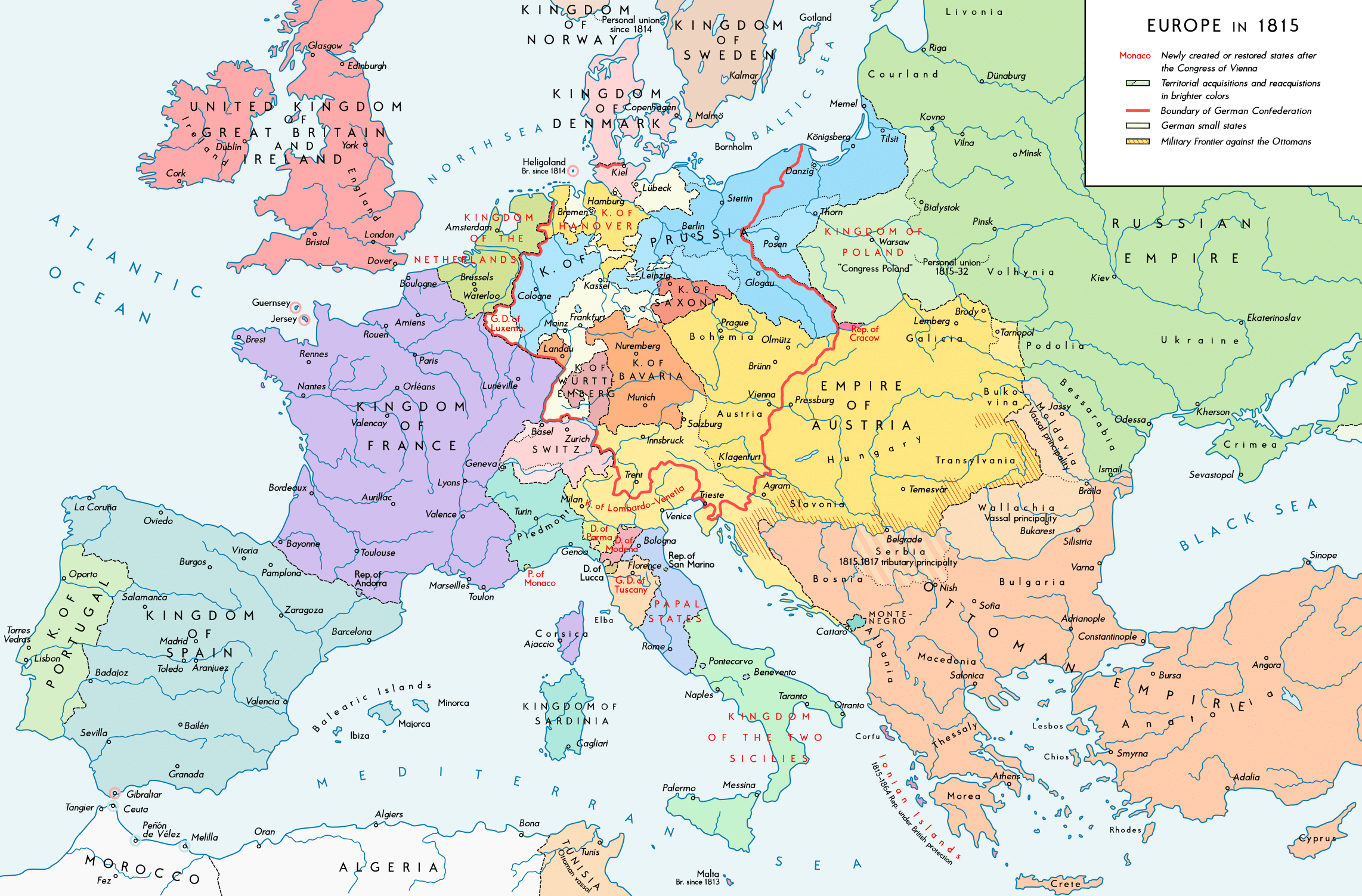
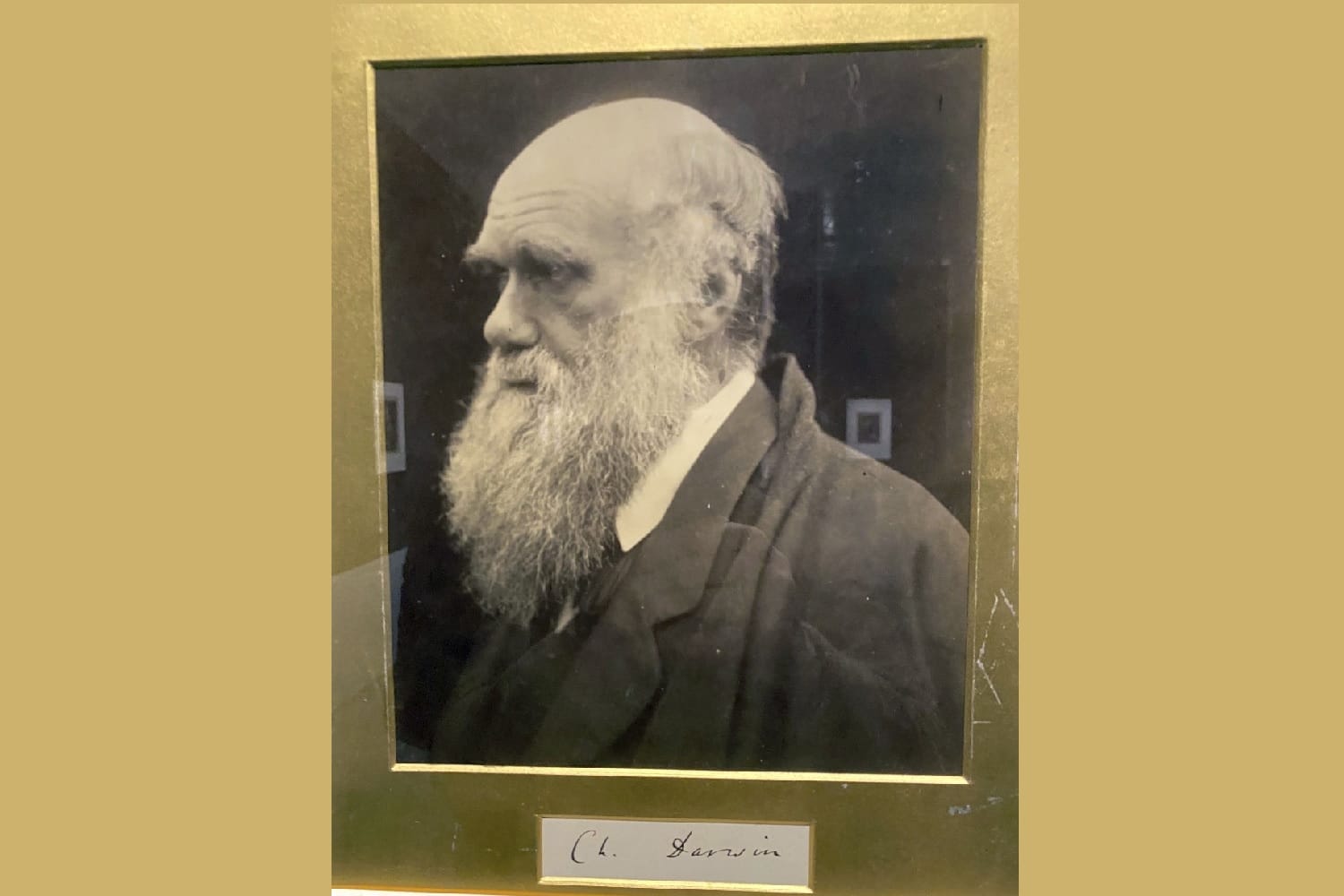
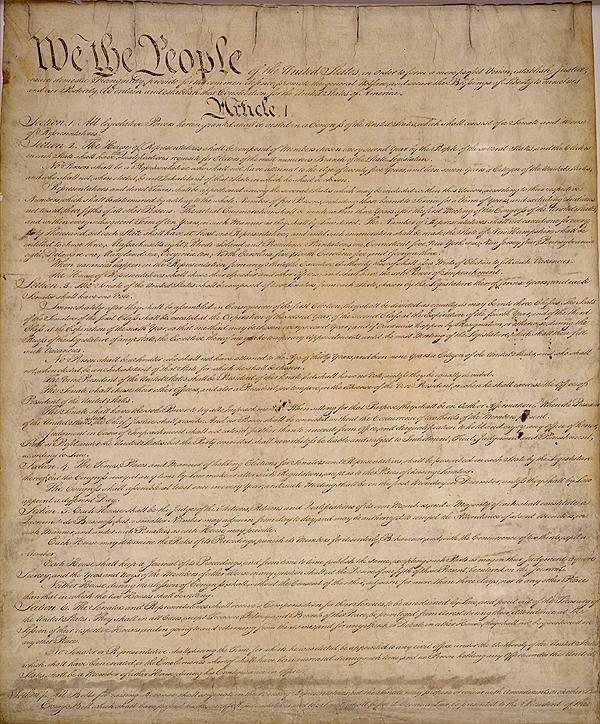

 creative commons
creative commons 